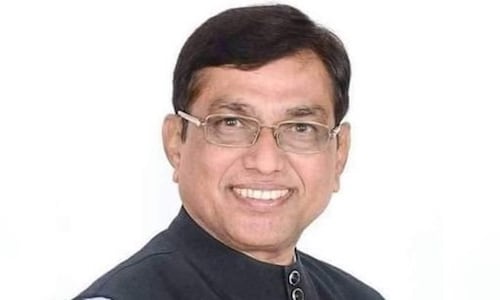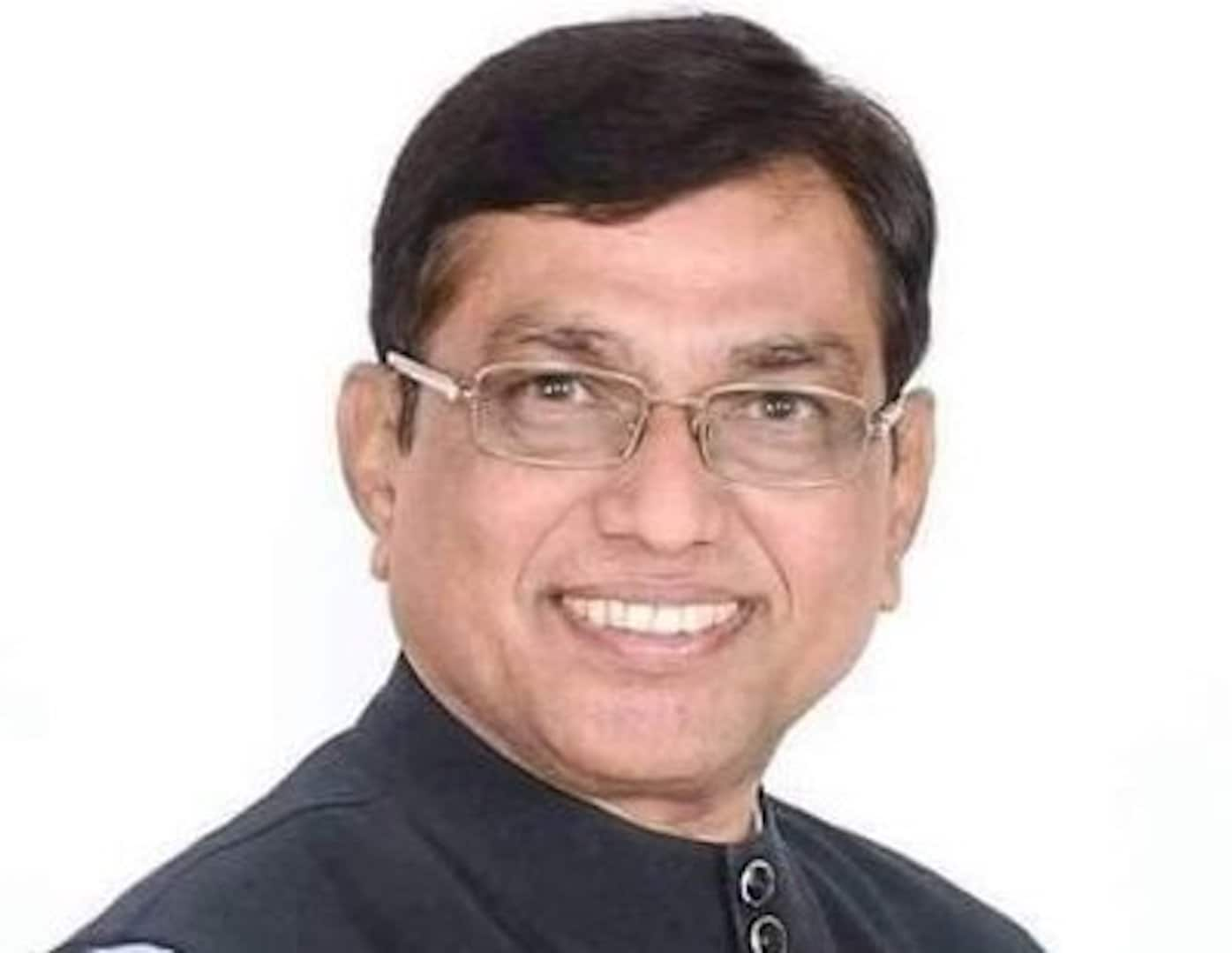

| Company | Value | Change | %Change |
|---|
The embedded tax burden
One of the primary challenges concerning the healthcare sector today is the embedded tax on input goods and services as part of GST, which disproportionately affects the healthcare providers in the country. As per a study conducted by global consultant EY, hospitals incur embedded taxes amounting to as much as 6 percent of their turnover, significantly higher than the 4.3 percent pre-GST burden.
This increase stems from the inability to claim tax credits on essentials like medical equipment(s), medical devices as well diagnostic tools which are taxed at rates of 12% to 18%, a cost that hospitals must either absorb or pass on to their patients.
This structural issue drives up the cost of healthcare delivery, thereby adversely impacting affordability on part of the patients. In a country where out of pocket expenditure accounts for roughly 63% of the total healthcare spending, which is merely 18 percent globally, these inefficiencies exacerbate the financial burden on both providers as well as the consumers.
High GST rates on medical inputs
The current GST regime applies steep taxes to critical healthcare inputs. Items like diagnostic kits, X-ray equipment(s) and hospital furniture are taxed between 12 and 18%. Meanwhile, essential drugs and consumables, such as intravenous fluids and blood reagents, also attract 12% GST.
This taxation affects hospitals’ ability to maintain operational efficiency and denies them the benefits of seamless credit flow, a critical component of GST for other sectors and a rationale usually used for the transition from VAT to GST. Rationalising these rates to a uniform 5%, therefore, would significantly reduce operational costs, making healthcare affordable for all.
The government’s GST mandate on hospital room rents
The government has mandated GST on hospital room rents exceeding ₹5,000 without extending input tax credit (ITC) benefits. This sets a precedent that could be expanded to all healthcare services, enabling a seamless flow of credit as originally envisioned under the broader GST framework.
Alternatively, ITC could be allowed on significant expenditures like AMC, rent, and other major costs while harmonising all input tax slabs in healthcare to a uniform 5%. Additionally, the government should remove the GST and customs duty on cancer care across the board, particularly on high-end radiology equipment and essential consumer goods, to reduce the financial burden on patients and healthcare providers.
Challenges with healthcare infrastructure
Building and expanding healthcare infrastructure faces similar challenges. While healthcare services are exempt from the GST imposition, inputs like construction materials and medical machinery are taxed, driving up initial capital costs. For instance, hospitals and diagnostic labs demand massive investments, much of which becomes unrecoverable under the current system. This deters private investment(s) in healthcare infrastructure, particularly in underserved and rural areas.
Moreover, the GST imposed on hospital rentals further increases operational costs, discouraging private sector engagement and stalling infrastructure development. Given that India has only 0.55 hospital beds per every 1,000 people, which is far below the WHO norms of 3.5 beds (per every 1,000 people), these systemic inefficiencies severely constrain healthcare access.
Policy recommendations
The healthcare sector’s GST related challenges call for targeted reforms. However, the following measures would alleviate financial burden while ensuring better service delivery:
Reducing GST on Medical Essentials: Lowering GST rates on essentials like diagnostic kits, hospital furniture as well as medical equipment to 5 percent shall help in streamlining costs and improving affordability.
Input Tax Credit Reforms: Allowing full or partial tax credits to healthcare providers would help mitigate the embedded tax burden, thereby ensuring efficiency across the value chain.
Exempting Hospital Rentals from GST: Removing GST on hospital rentals shall help attract private investments, enabling faster infrastructure development.
Support for Smaller Establishments: Reducing compliance related complexities and introducing incentives for smaller hospitals and diagnostic labs may ensure equitable and regionally distributed growth in the sector.
Way forward
As understood, rationalising GST rates is therefore not just a financial reform but a social investment into India’s future. The sector’s growth potential in this respect is immense, estimated at a whopping $372 million by 2022 and expanding further due to medical tourism and health-tech innovation. Addressing embedded tax inefficiencies and reducing costs shall not only make healthcare more affordable but also attract investors available globally and improve public healthcare outcomes.
In conclusion, aligning GST policies with the needs of the healthcare sector is thus crucial for achieving universal health coverage and fostering economic resilience. By adopting rational tax structures and ensuring seamless credit flow, India can build a more inclusive, robust as well as sustainable healthcare ecosystem. Therefore, the time to act is now, for a healthier and wealthier India.
—The author, Dr. Kirit P. Solanki, is a former Member of Parliament (Lok Sabha), and a former member of the Standing Committee on Finance. The views are personal.



